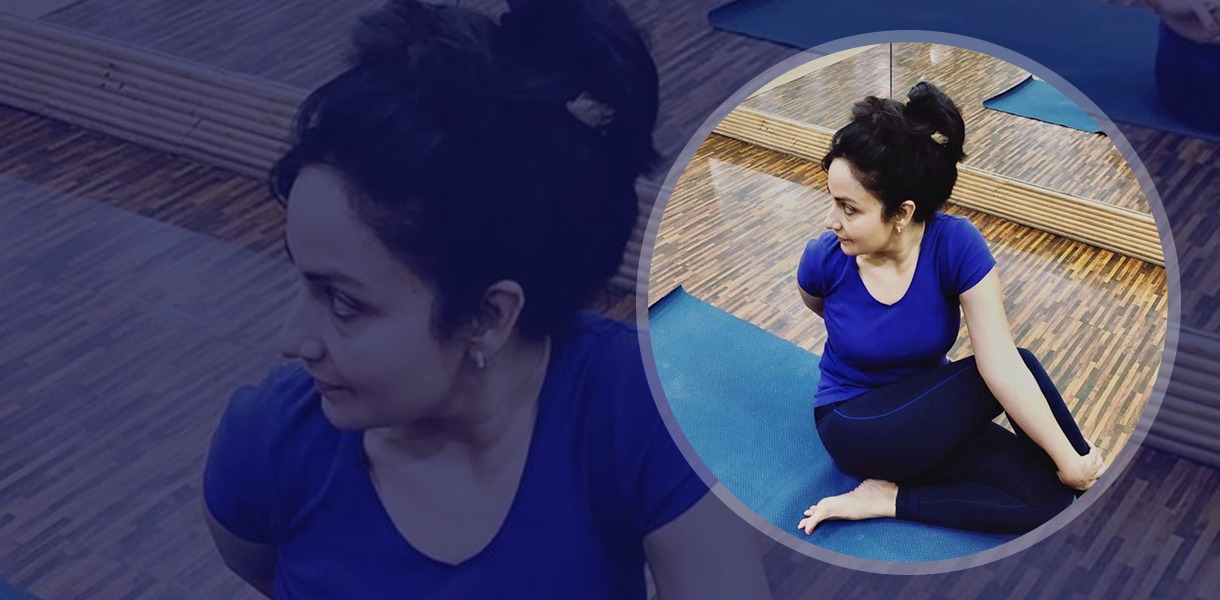
In our fast-paced modern world, taking care of our bodies and minds has become more important than ever. The combination of different forms of exercise can provide us with optimal benefits to maintain a healthy body. From weight training to cardio, yoga, and stretching, each exercise modality contributes to enhancing our physical strength, stamina, stability, flexibility, and overall well-being. In this blog, we will delve into the significance of body movement and explore how engaging in diverse exercises can lead to a healthy body and a balanced mind.
Here are some of the tips:
• High-intensity interval training (HIIT) for maximizing calorie burn and boosting metabolism.
• Pilates for core strength, improved posture, and enhanced body awareness.
• Functional training for everyday movements and improving overall body coordination.
• Mind-body exercises such as Tai Chi or Qigong for relaxation, stress reduction, and improved mental clarity.
• Cross-training to prevent plateaus and keep the body challenged by switching between different activities.
• Sports or recreational activities for a fun and engaging way to stay active while enjoying a hobby or socializing with others.
• Balance exercises to enhance stability and reduce the risk of falls, especially as we age.
• Low-impact exercises like swimming or cycling for individuals with joint issues or those recovering from injuries.
• Resistance band exercises for strength training without the need for heavy weights or machines.
• Circuit training to combine strength and cardiovascular exercises in a time-efficient manner.
Weight training for strength:
Weight training goes beyond building muscles. It helps increase bone density, improves posture, and boosts metabolism, thereby promoting a healthy body composition. By engaging in resistance exercises, we stimulate the growth of lean muscle mass, which aids in burning calories even at rest. Furthermore, weight training enhances functional strength, enabling us to perform daily activities with ease and reducing the risk of injuries. The discipline required in weightlifting also strengthens our mental resilience, fostering a strong mind-body connection.
Cardio for stamina:
Cardiovascular exercises, such as cycling, walking, jogging, dancing, and swimming, play a vital role in improving our cardiovascular health and stamina. These activities elevate our heart rate, increasing blood circulation and oxygen delivery to our muscles and organs. Regular cardio exercises improve lung capacity, lower blood pressure, and reduce the risk of cardiovascular diseases. Moreover, cardio workouts release endorphins, the feel-good hormones, promoting mental well-being and reducing stress and anxiety. Incorporating varied forms of cardio exercises into our routine ensures that we engage different muscle groups and maintain a dynamic fitness regime.
Yoga practice for stability and balance:
Yoga, an ancient practice originating from India, offers a holistic approach to nurturing both the body and mind. Through a combination of physical postures (asanas), breath control (pranayama), and meditation, yoga cultivates stability and balance within. The practice enhances flexibility, strengthens muscles, improves posture, and promotes body awareness. Additionally, yoga focuses on connecting the mind and body, allowing us to experience a sense of calm and tranquility. The mindful nature of yoga practice supports mental clarity, reduces stress, and fosters emotional well-being. By harmonizing the internal organs of the mind and body, yoga becomes a powerful tool in achieving overall health.
Stretching for flexibility and blood flow:
Stretching exercises are essential for maintaining flexibility, improving joint mobility, and increasing blood flow to the muscles. By incorporating stretching into our fitness routine, we promote better posture, prevent muscle imbalances, and reduce the risk of injuries. Stretching also aids in muscle recovery, relieving muscle soreness and tension. Beyond the physical benefits, stretching can have a calming effect on the mind, serving as a form of relaxation and stress relief. Taking the time to stretch allows us to slow down, focus on our breath, and connect with our bodies, fostering a mindful approach to movement.
In conclusion, the combination of different forms of exercise is integral to maintaining a healthy body and mind. From weight training to cardio, yoga, and stretching, each exercise modality offers unique benefits that contribute to our overall well-being. Engaging in a diverse range of exercises not only enhances our physical strength, stamina, stability, and flexibility but also promotes mental clarity, reduces stress, and cultivates a strong mind-body connection.
By prioritizing body movement and incorporating various exercises into our daily lives, we embark on a journey towards a healthier, more fulfilling existence.
If you are looking for collaborating with events and sessions n health & fitness, please reach out to me on my email -



